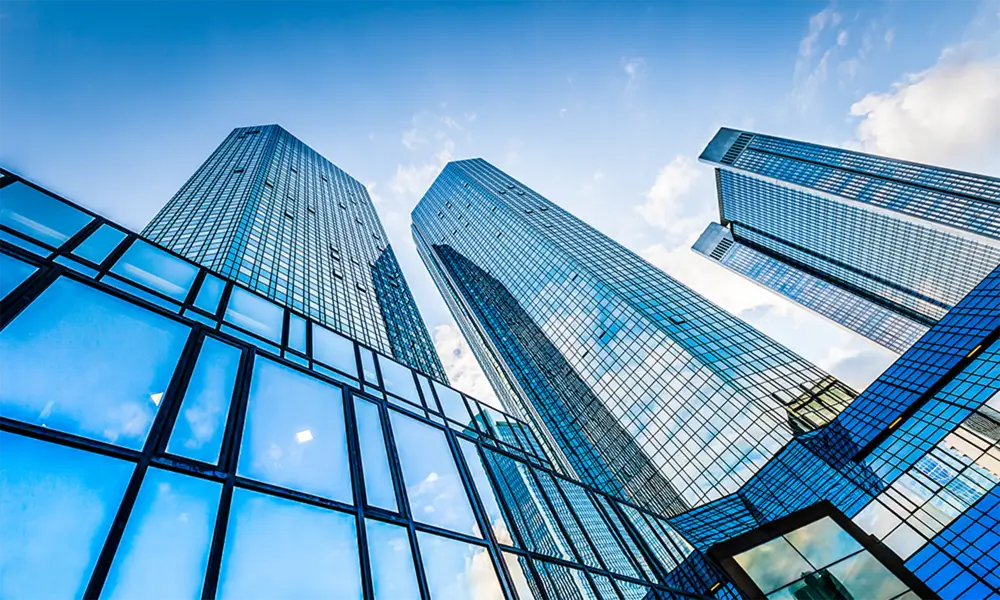

Understanding Low-E 272 Glass The Future of Energy-Efficient Windows
In the modern quest for sustainable living and energy efficiency, building materials have taken center stage, with window technology emerging as a pivotal component in enhancing a structure's overall energy performance. One such innovative product gaining attention is Low-E 272 glass. This specific type of low-emissivity glass offers numerous benefits, making it a preferred choice for homeowners and commercial builders alike.
What is Low-E Glass?
Low-E glass refers to glass that has been treated with a special coating designed to reduce the amount of ultraviolet (UV) and infrared light that can pass through the glass without compromising the amount of visible light that enters a building. The E in Low-E stands for emissivity, which is a measure of how much energy is radiated out from the surface of the glass. Lower emissivity ratings indicate better energy efficiency.
The Technology Behind Low-E 272 Glass
The term 272 in Low-E 272 glass specifies its performance characteristics. This glass is coated in a manner that reflects specific wavelengths of light, particularly infrared heat, back into the building while allowing natural sunlight to illuminate the interior spaces. The number 272 generally signifies that the glass allows 27% of the solar heat gain while letting 72% of visible light pass through, combining warmth without sacrificing brightness.
Benefits of Low-E 272 Glass
1. Energy Efficiency One of the most substantial advantages of Low-E 272 glass is its ability to improve energy efficiency. By blocking unwanted heat gain during the summer months and minimizing heat loss during winter, it reduces the need for excessive heating and cooling. As a result, homeowners can see a significant decrease in energy bills, making it an economically wise investment in the long run.
2. Comfort The application of Low-E 272 glass helps maintain consistent indoor temperatures. By mitigating heat transfer, it offers improved comfort levels throughout the year, even in regions experiencing extreme climates. Homeowners will notice less temperature fluctuation, leading to a more pleasant living environment.

3. UV Protection Apart from regulating heat, Low-E 272 glass effectively blocks harmful UV rays that can cause furniture, artwork, and flooring to fade over time. This protection extends the lifespan and maintains the aesthetic quality of interior furnishings.
4. Environmental Benefits The use of Low-E 272 glass contributes to a reduction in carbon footprints by lowering energy consumption in buildings. This environmentally friendly option aligns with global trends focusing on sustainability and reducing energy waste.
5. Enhanced Aesthetics Though energy efficiency and protection are critical elements, aesthetics cannot be overlooked. Low-E 272 glass is available in a variety of styles and configurations, allowing architectural flexibility in design. Whether for residential or commercial projects, this type of glass enhances the overall appearance of buildings while functioning effectively.
Installation and Maintenance
Installing Low-E 272 glass typically requires professional assistance to ensure optimal performance and compliance with local building codes. Maintenance of such glass is relatively straightforward; it generally only requires periodic cleaning with non-abrasive cleaners to maintain clarity and performance.
Conclusion
As we continue to strive for smarter and more sustainable living solutions, technologies like Low-E 272 glass play a vital role. Its unique properties help create energy-efficient, comfortable, and protective living and working spaces. For anyone involved in construction or renovation, considering Low-E 272 glass should be at the forefront of their decisions. With housing, commercial properties, and environmental impact in focus, Low-E 272 glass is not just a trend; it represents a commitment to innovation and responsibility in building design.
In conclusion, Low-E 272 glass offers a great blend of performance, protection, and aesthetic appeal, making it a critical player in the evolution of modern building practices. Embracing this technology is a step toward a more sustainable future, ensuring that our environments are not only beautiful but also efficient and energy-conscious.